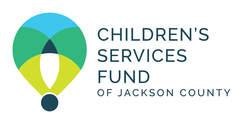|
Friends,
Kansas and Missouri are among just 14 states that have not expanded Medicaid. This must change, and we need your help. As many of us are working from home, kids are home from school and we’re all social distancing, the days seem to run together. Do you know what day it is today? It’s Wednesday, April 1, 2020. It’s Census Day.
Glenn North and Chico Sierra have been selected to create artwork for KC Voices, a collaborative effort to involve residents and stakeholders in low-income, racially diverse neighborhoods in KCK and KCMO in sharing stories and information about how food policies shape our community, our opportunities and our plates. The collaborative addresses SNAP, WIC, school food and other programs contained in the Child Nutrition Reauthorization and 2018 Farm Bill.
See three original works of art created by Natasha Ria El-Scari, Cheyenne Banda and JT Daniels for KC Voices. The works will travel to community sites and public offices throughout the year. If you would like to exhibit the works in your public space, please call KC Healthy Kids at 816-523-5353.
Three artists have been selected to create artwork for KC Voices, a collaborative effort to involve residents and stakeholders in low-income, racially diverse neighborhoods in KCK and KCMO in sharing stories and information about how food policies shape our community, our opportunities and our plates. The collaborative addresses SNAP, WIC, school food and other programs contained in the Child Nutrition Reauthorization and 2018 Farm Bill.
Together, UMKC’s Center for Neighborhoods, Community Health Council of Wyandotte County, Historic Northeast-Midtown Association and KC Healthy Kids invite artists to explore specific policies such as SNAP (food stamps), WIC, school food and other programs contained in the Child Nutrition Reauthorization and 2018 Farm Bill.
Your elected officials are debating the Farm Bill now. If they don’t pass it by September 30, 2018 many programs will lose funding, which will hurt our community. This means it’s time for advocates like you to ask your federal elected officials to protect important Farm Bill programs.
StoryCorps is planning a visit to Kansas to record conversations with people who have been or are current SNAP recipients and others who have been involved with the program. We’d love for you to tell your story!
Your phone calls, letters, testimony, emails and social media shares worked. This year we’ve asked you to speak up for several policies that increase opportunities for healthy eating and active living in Kansas and Missouri. Let’s reflect on the successes we have had because of our unified voice.
And now, an update from Beth Low-Smith, vice president of policy:
The House Committee on Agriculture today released their long-awaited report on the Supplemental Nutrition Assistance Program. It draws upon testimony from more than 60 witnesses, including Kansans and Missourians, about the critical ways SNAP impacts families, farmers and businesses. |

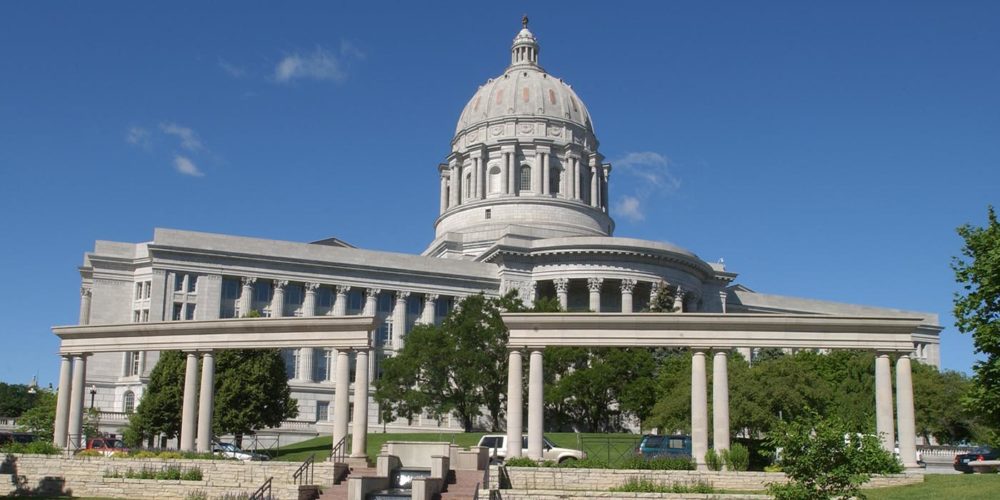

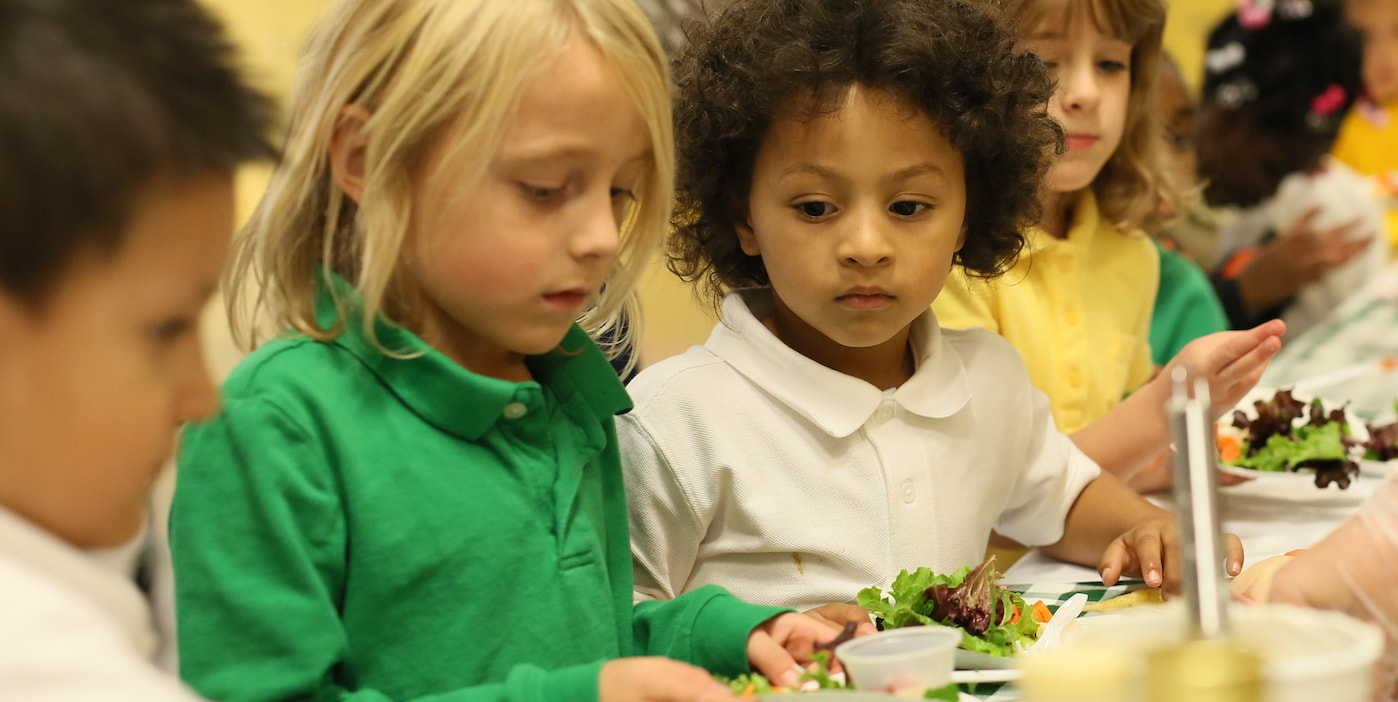


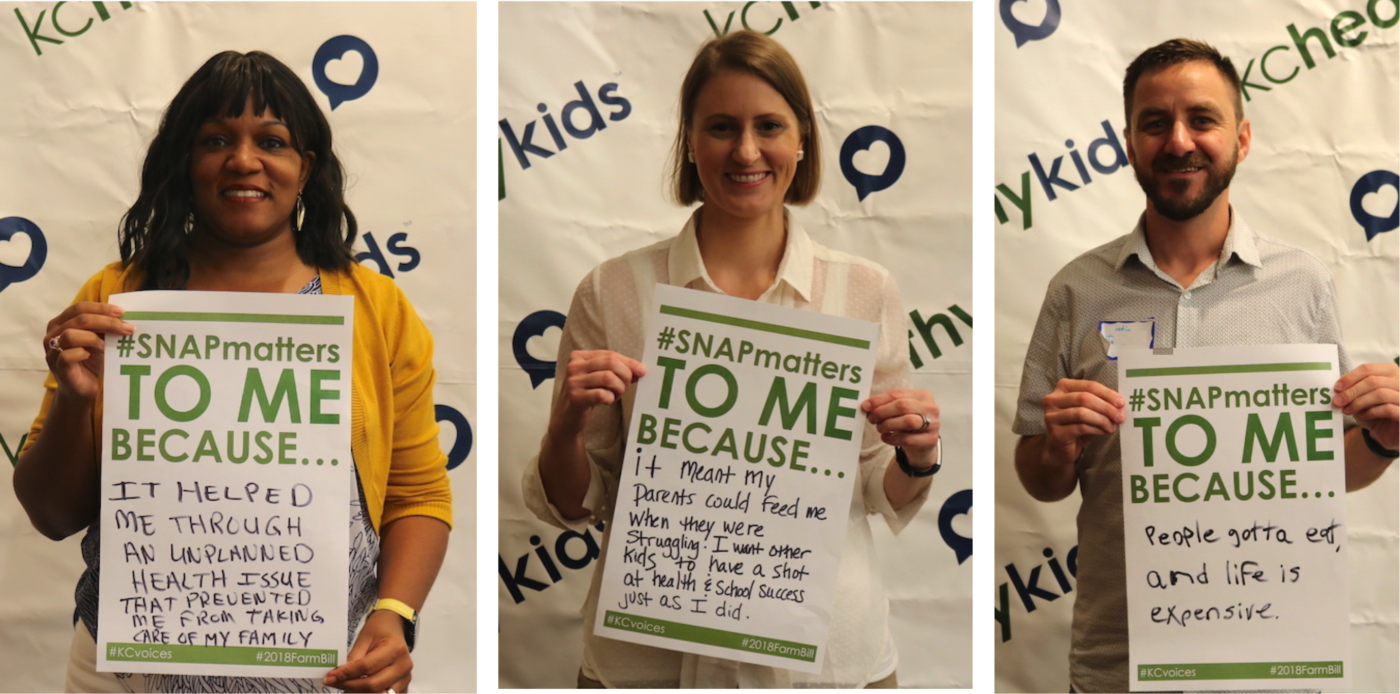
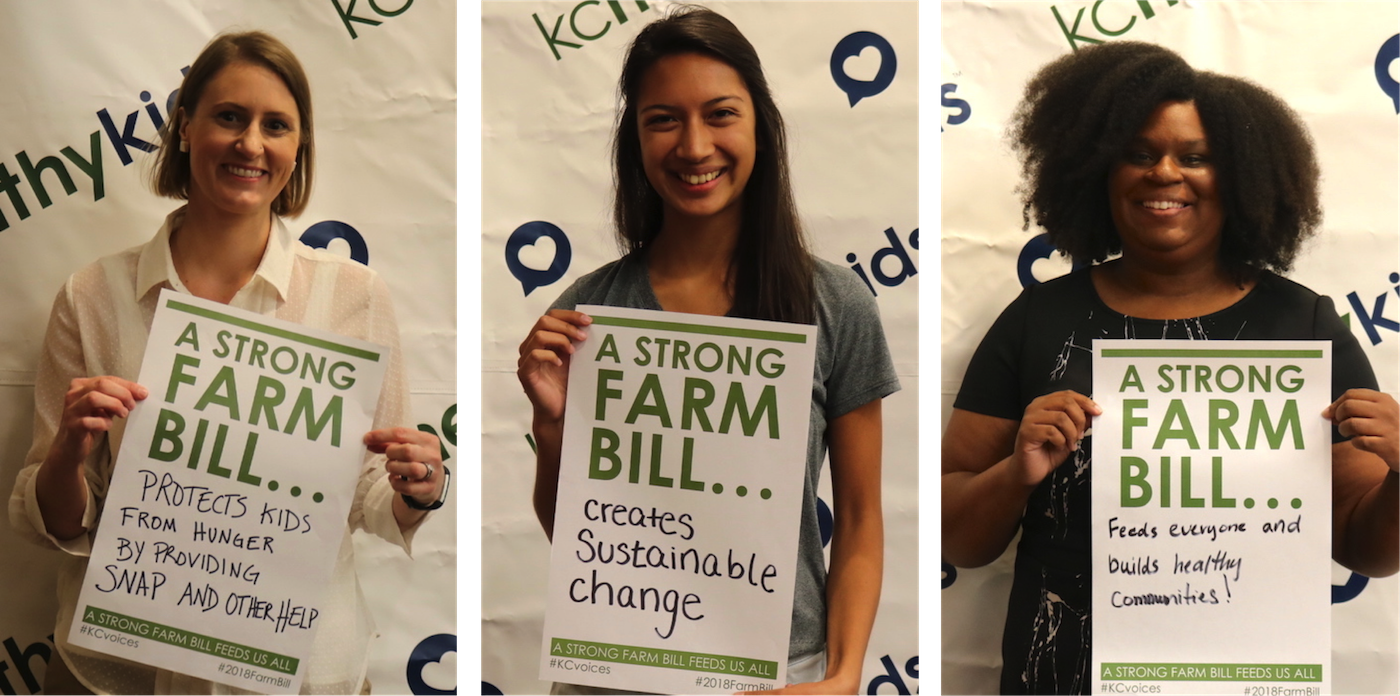


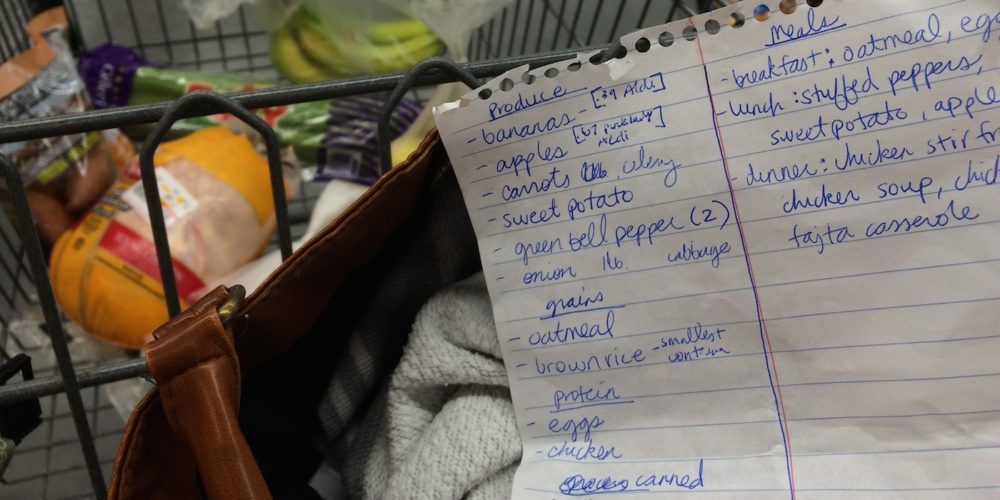
 RSS Feed
RSS Feed
